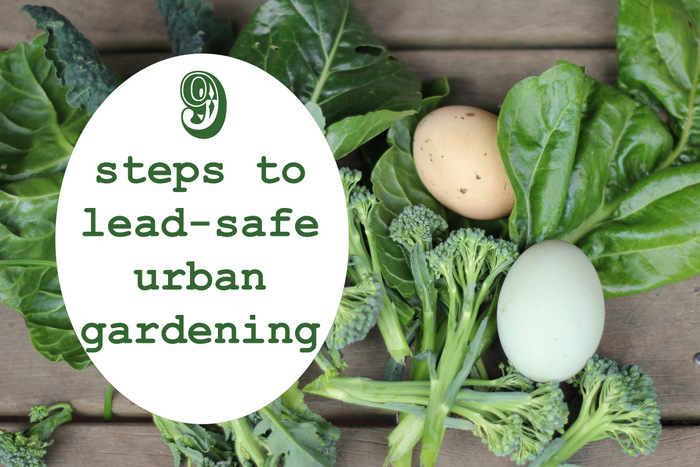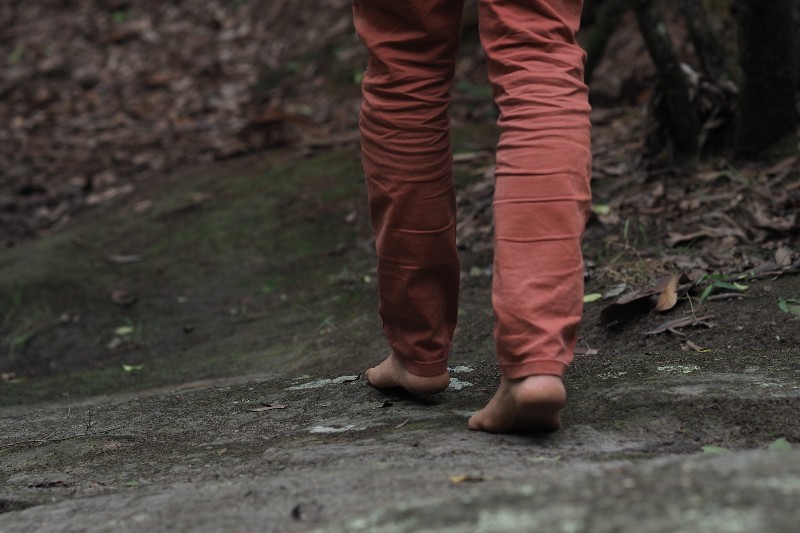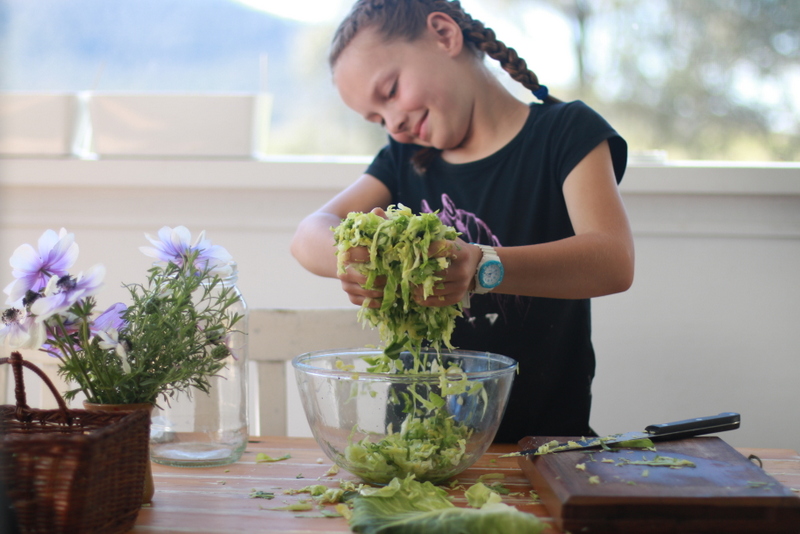Urban chook keepers may be feeling a little wary after learning that a recent University of Newcastle study found high levels of lead in home-grown backyard eggs.
Thankfully, it is possible to garden safely and grow your own food in lead-contaminated urban areas.
Nine steps for lead-safe urban gardening:
1. Grow food plants in raised beds lined with landscape fabric and filled with uncontaminated soil. Container gardening is another option.
2. Cover all areas of bare soil with grass, gravel, or thick mulch.
3. Ensure chooks don’t have access to contaminated bare soil, for example by laying pavers in their pen or housing in a chicken tractor over raised garden beds containing uncontaminated soil. Ensure they always have access to uncontaminated soil for dust bathing, even if it’s just a large pot of soil in the corner of their pen. Restrict free ranging to areas where they can’t access contaminated soil.
4. Locate food gardens away from painted buildings that were constructed during and prior to the 1970s, as they are likely painted in lead-based paint.
5. In areas where you can’t easily create a barrier between old and new uncontaminated soil, favour fruits rather than root vegetables or leafy greens as research has found little accumulation of lead in fruits in comparison to leaves, roots and stems.
6. Maintain soil pH around 6.5 by adding lime if needed. Lead is relatively unavailable at or above this level.
7. Add loads of organic matter to your soil. Organic compounds bind lead and make it less available to the plant.
8. Clean produce thoroughly.
9. Consider wearing gloves and wash hands immediately after gardening and before eating.
If you are interested in testing your own garden soil, economical lead-testing kits are available from The Lead Group.
[Originally published in my column LESS IS MORE in the The Newcastle Herald Weekender Magazine 16th March 2013]



